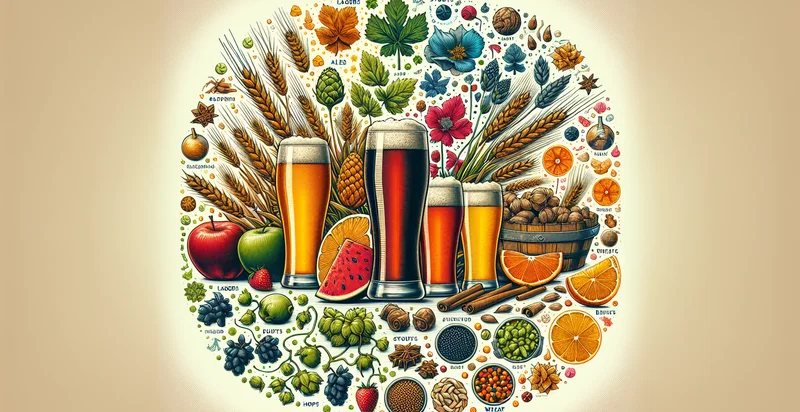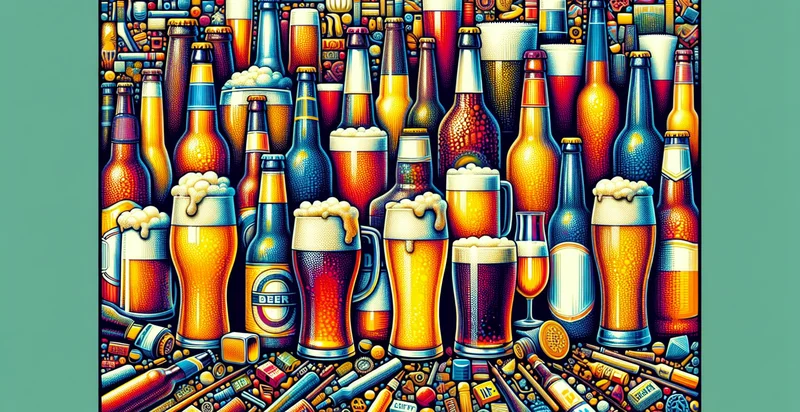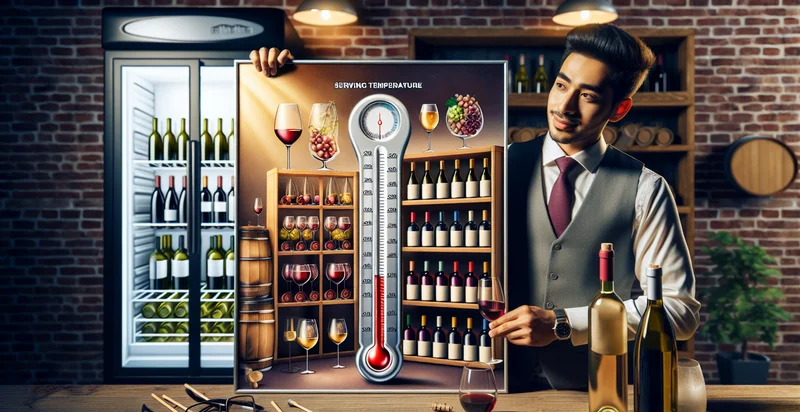Identify beer serving temperature from description
using AI
Below is a free classifier to identify beer serving temperature from description. Just input your text, and our AI will predict the optimal serving temperature for different types of beer - in just seconds.

Contact us for API access
Or, use Nyckel to build highly-accurate custom classifiers in just minutes. No PhD required.
Get started
import nyckel
credentials = nyckel.Credentials("YOUR_CLIENT_ID", "YOUR_CLIENT_SECRET")
nyckel.invoke("beer-serving-temperature-from-description", "your_text_here", credentials)
fetch('https://www.nyckel.com/v1/functions/beer-serving-temperature-from-description/invoke', {
method: 'POST',
headers: {
'Authorization': 'Bearer ' + 'YOUR_BEARER_TOKEN',
'Content-Type': 'application/json',
},
body: JSON.stringify(
{"data": "your_text_here"}
)
})
.then(response => response.json())
.then(data => console.log(data));
curl -X POST \
-H "Content-Type: application/json" \
-H "Authorization: Bearer YOUR_BEARER_TOKEN" \
-d '{"data": "your_text_here"}' \
https://www.nyckel.com/v1/functions/beer-serving-temperature-from-description/invoke
How this classifier works
To start, input the text that you'd like analyzed. Our AI tool will then predict the optimal serving temperature for different types of beer.
This pretrained text model uses a Nyckel-created dataset and has 8 labels, including Cold, Cool, Hot, Ice Cold, Room Temperature, Slightly Warmed, Very Hot and Warm.
We'll also show a confidence score (the higher the number, the more confident the AI model is around the optimal serving temperature for different types of beer).
Whether you're just curious or building beer serving temperature from description detection into your application, we hope our classifier proves helpful.
Related Classifiers
Need to identify beer serving temperature from description at scale?
Get API or Zapier access to this classifier for free. It's perfect for:
- Optimizing Beer Serving Guidelines: Breweries can utilize the false text classification function to analyze various beer descriptions and recommend optimal serving temperatures. This ensures that consumers enjoy the full flavor profile of their beers, enhancing customer satisfaction and product consistency.
- Menu Personalization for Restaurants: Restaurants can integrate this function to suggest serving temperatures for each beer on their menu based on descriptions. This capability helps servers provide better pairing recommendations, improving the overall dining experience for customers.
- Consumer Education Tools: Beverage companies can create informative content that educates consumers on the importance of serving temperatures based on beer descriptions. This promotes better beer appreciation and drives customer engagement through educational campaigns.
- E-commerce Recommendation Systems: Online retailers can implement the false text classification function to automatically generate serving temperature suggestions for beers in their catalogs. This feature assists customers in making informed purchase decisions based on desired flavor profiles and serving conditions.
- Automated Quality Control: Breweries can employ the function to assess product descriptions during the quality control process. By ensuring accurate serving temperature recommendations, manufacturers can uphold product quality and brand reputation more effectively.
- Interactive Mobile Apps: Developers of beer-related mobile apps can leverage the classification function to enhance user interaction by providing instant serving temperature advice for various beer styles. This could lead to a more engaging user experience and increased app usage.
- Brewer Collaboration Platforms: Collaborative platforms for brewers can use the function to standardize serving temperature guidelines across different styles based on descriptions. This promotes industry-wide best practices and facilitates collaboration on product development among brewers.


